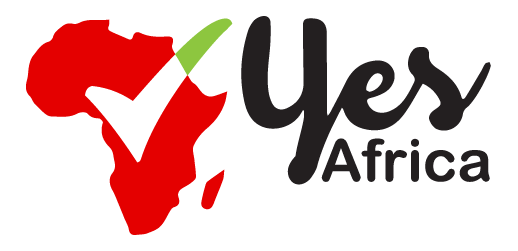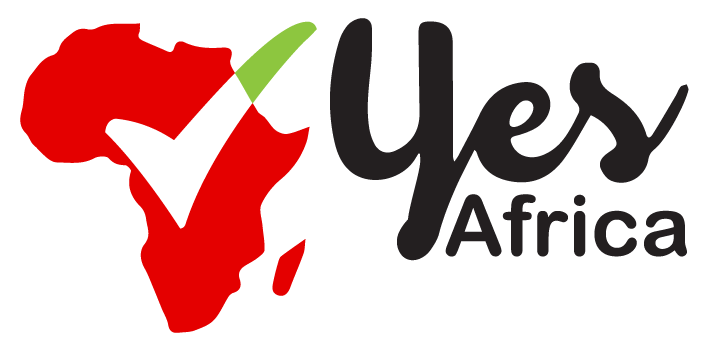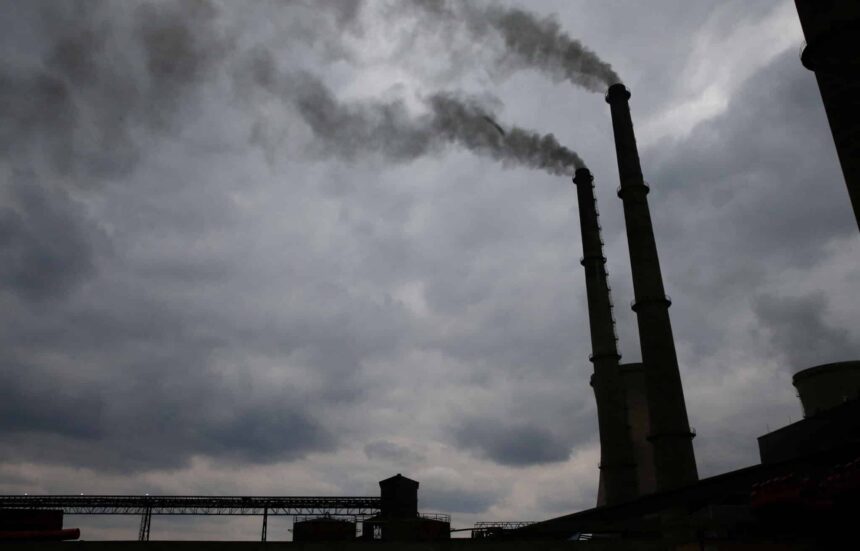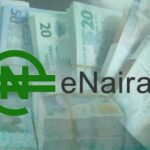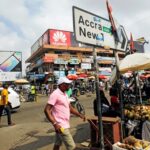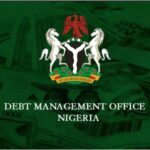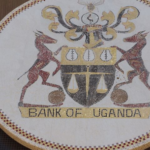The government says it is working to create an independent force to help tackle Zimbabwe’s intractable problems of lack of funding and economic instability.
The southern African country is battling a long-term electricity shortage with around 1,200 megawatts of electricity generated mostly from the Hwange coal-fired power station, while demand is close to 2,000 megawatts.
To prevent shortages, the government has allowed private investors to generate a total of 2,920 megawatts of electricity from hydroelectric and solar power plants.
About 250 megawatts from the private sector are expected to come online this year, Energy Minister Gloria Magombo said at a budget meeting on Monday.
- Advertisement -
They have a natural power but what they need is money. This type of financing requires macroeconomic stability, Magombo added.
He added that independent energy producers still need government guarantees that they can pay dividends and repay loans.
Zimbabwe continues to experience inflation, mainly because the country resumed using its national currency unchanged in 2019, a decade after it was decoupled from the US dollar.
The country’s foreign exchange deficit means investors have difficulty repaying or repaying international loans.
Independent power producers are still hampered by the prospect of selling electricity at what they consider the most profitable price, leading to losses.
- Advertisement -
Zimbabwe generates at least 80% of its electricity from coal, and the output of its 1,050-megawatt Kariba hydroelectric power station is currently limited to 215 megawatts due to low water levels following last year’s disaster. Smaller IPPs typically provide the country with between 20 MW and 50 MW of electricity.
Energy demand is expected to rise, particularly as mining operations expand in Zimbabwe, Africa’s largest lithium producer, to capitalise on rising demand for iron batteries.
